biophilic Cities Singapore Summit
October 17 to 19, 2019
At the invitation of the National Parks Board (NParks), partners in the Biophilic Cities Network convened in Singapore to share insights from efforts underway in cities around the world and to learn firsthand from the city’s exemplary biophilic landscape. Over the course of the summit, representatives from partner cities and organizations highlighted leading examples of biophilic planning and design. Read reflections on the summit here, along with insights from the participants below.
Images from the summit
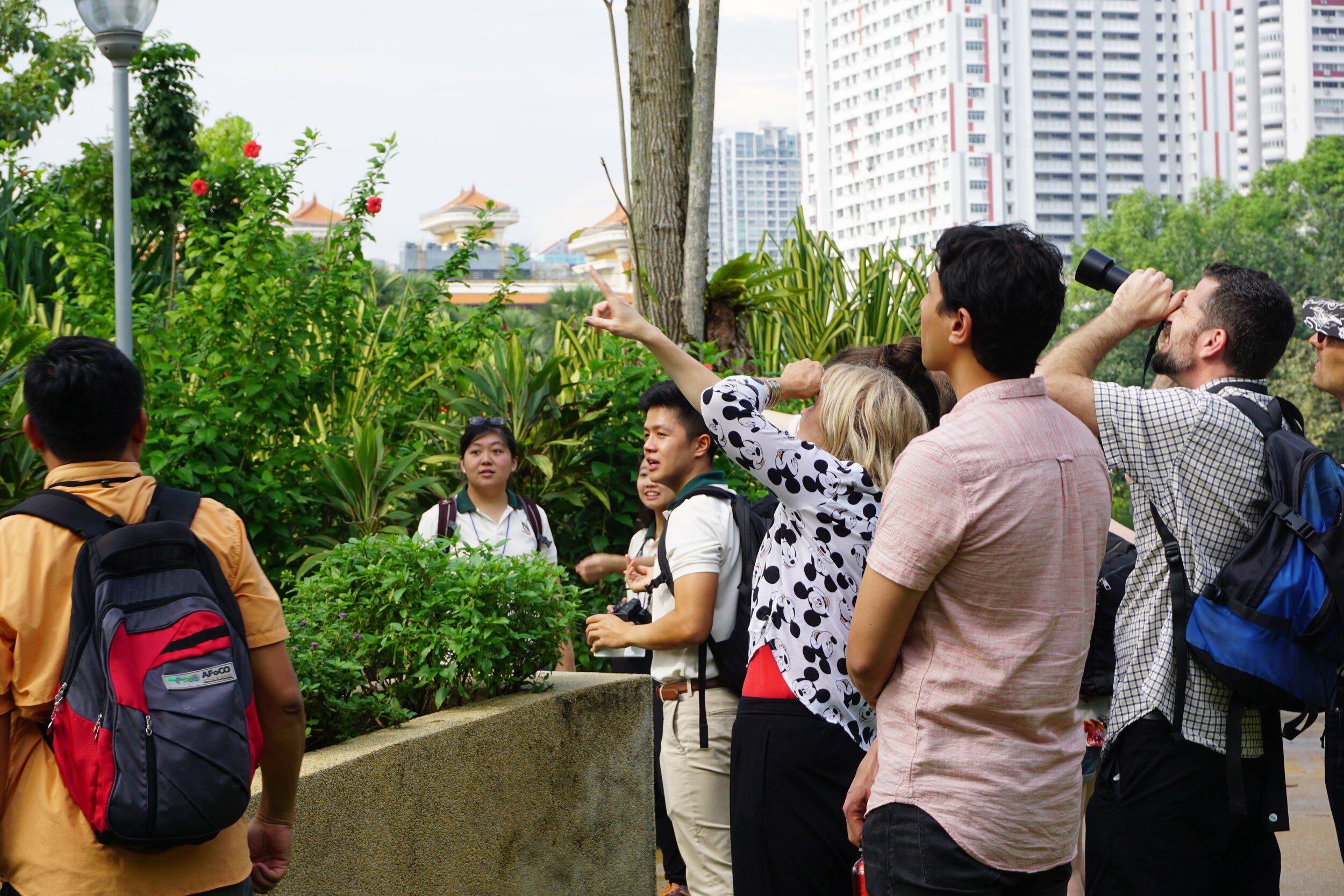
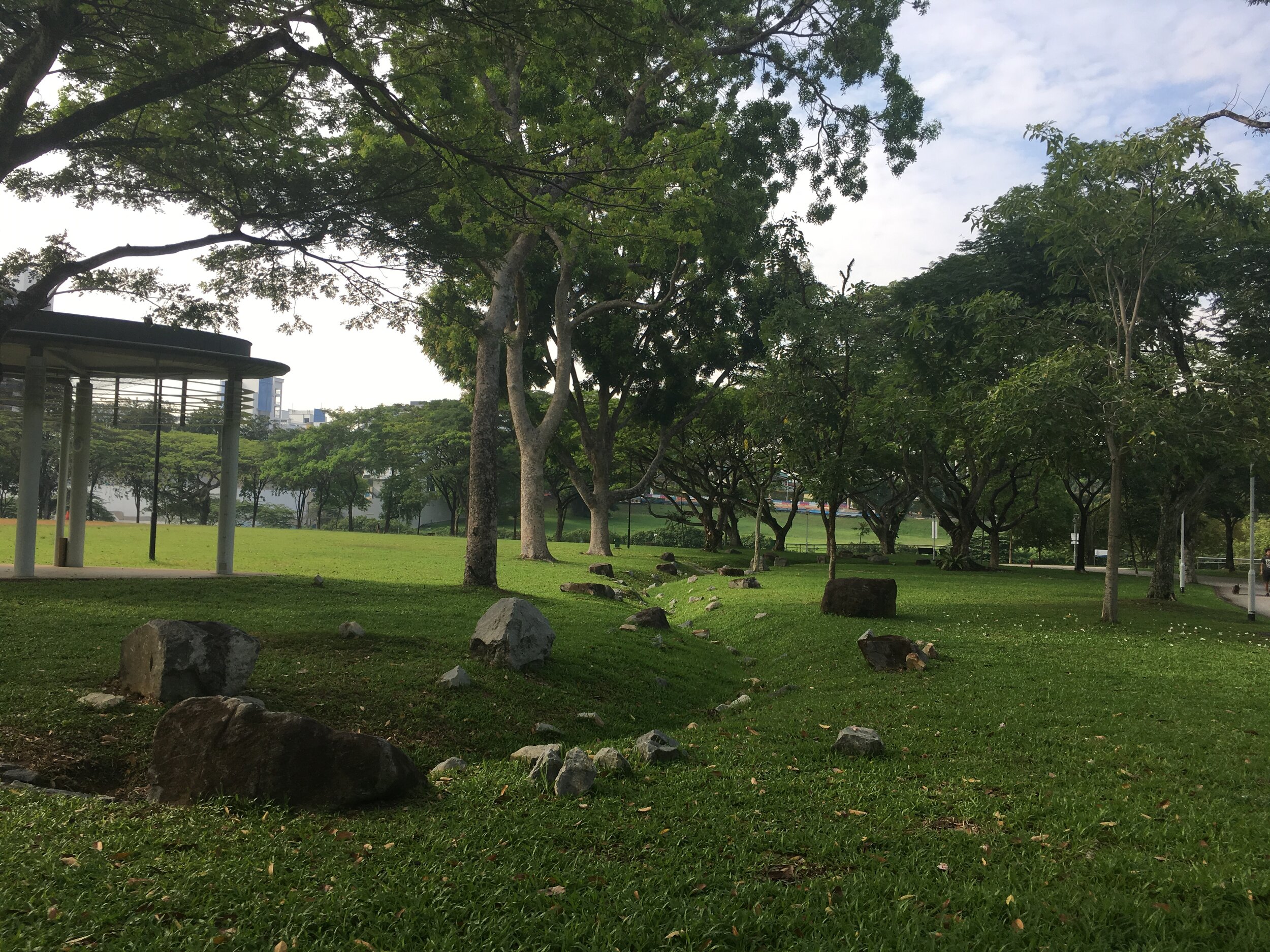
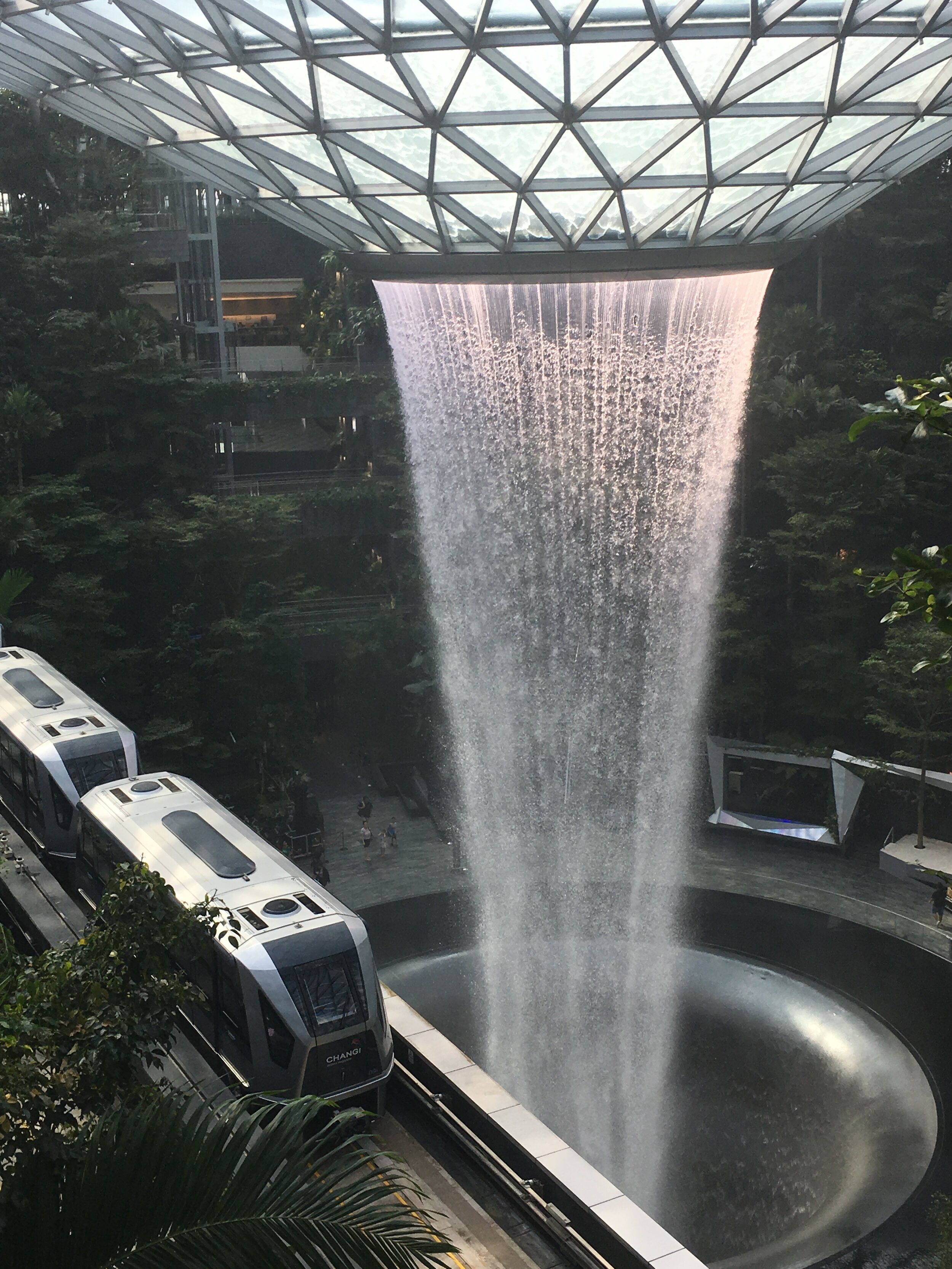
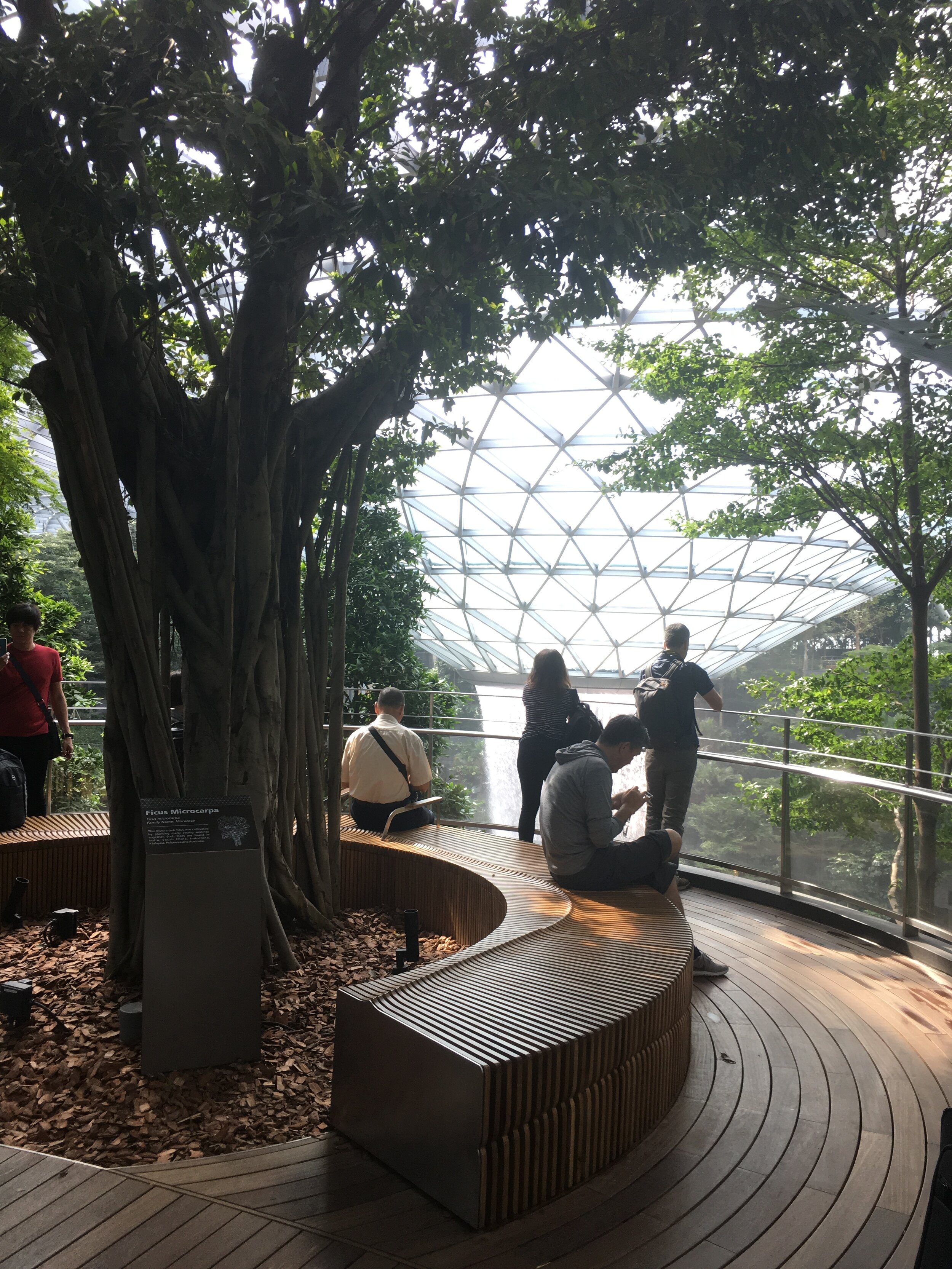
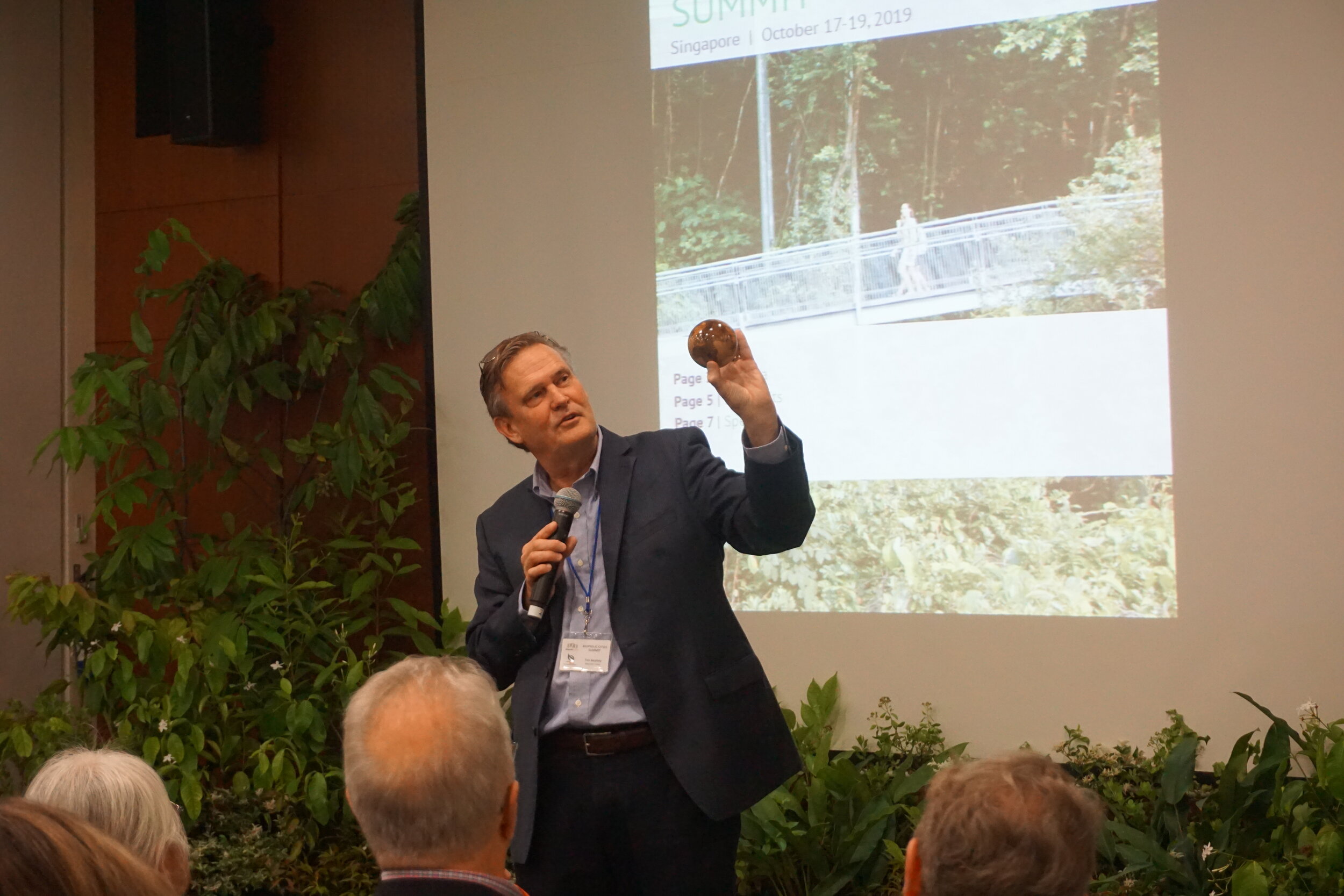
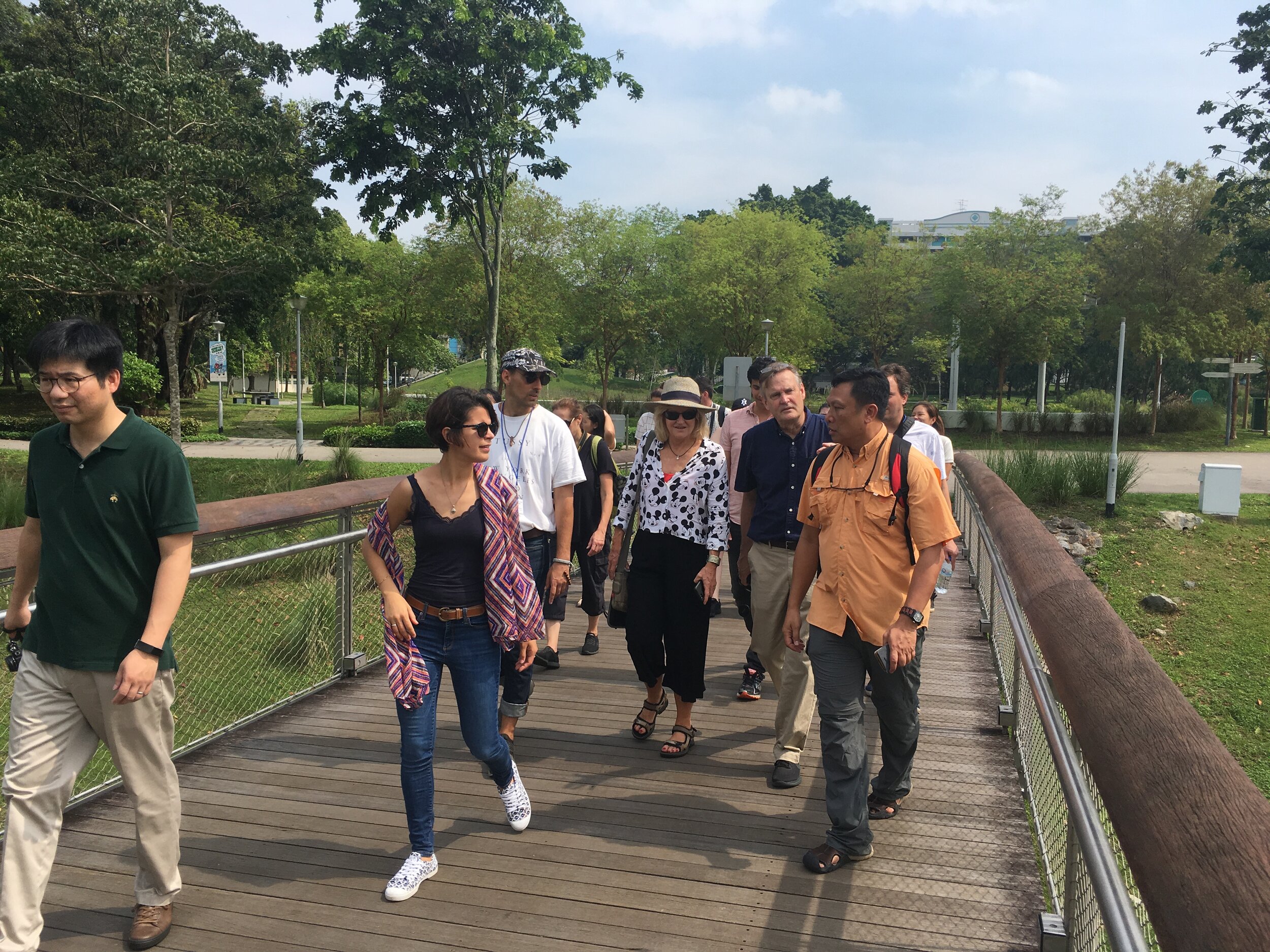
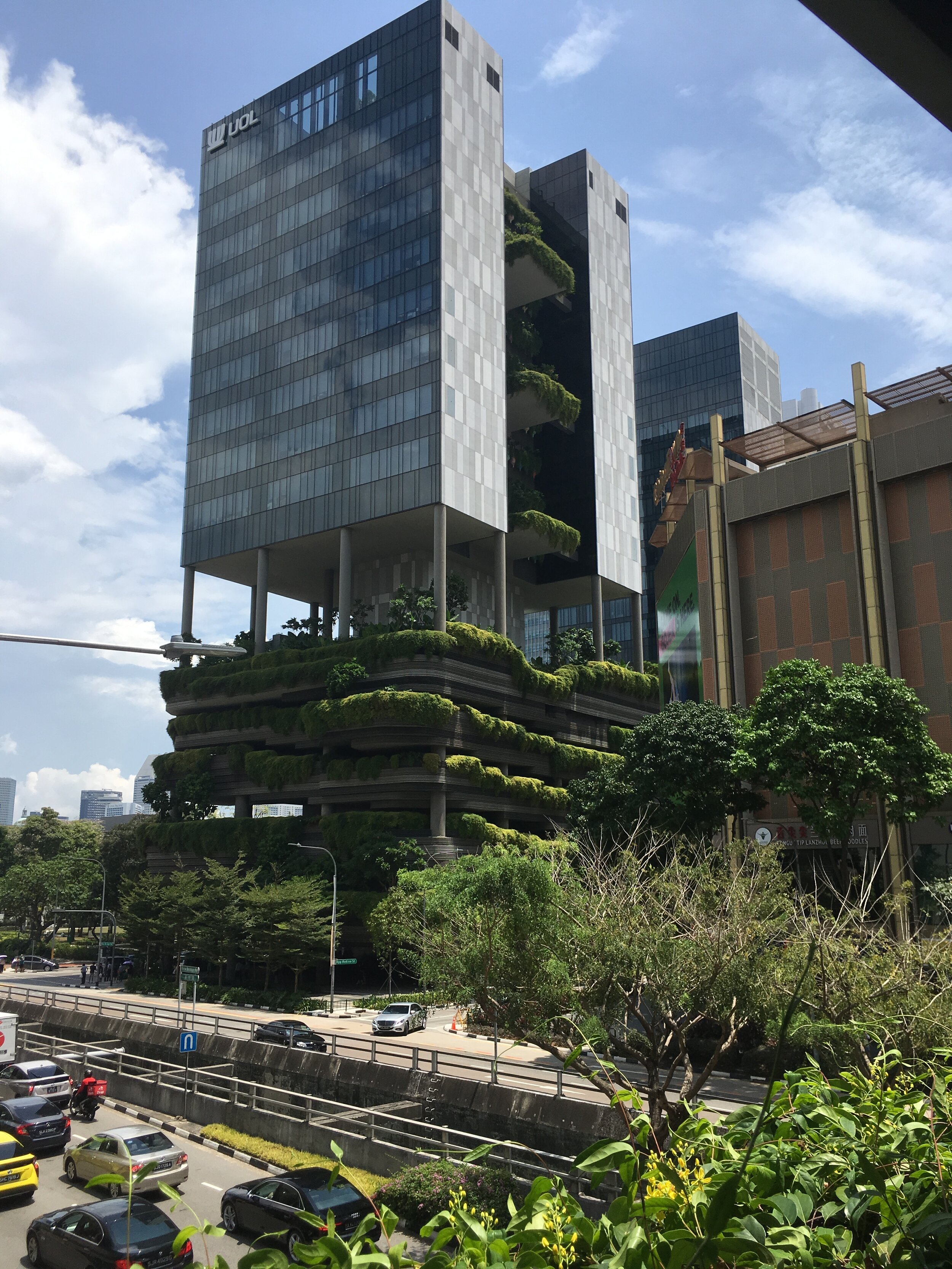
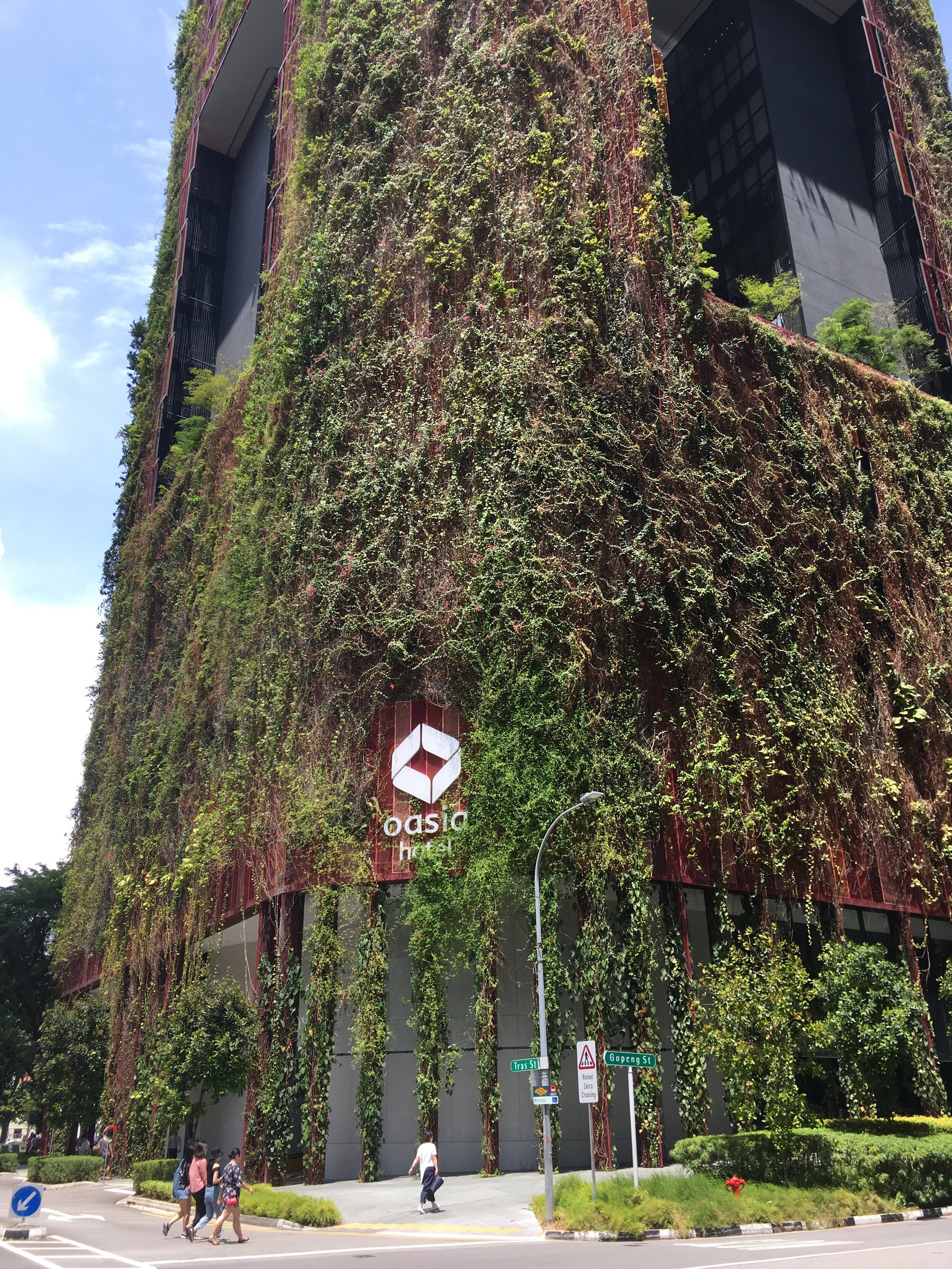
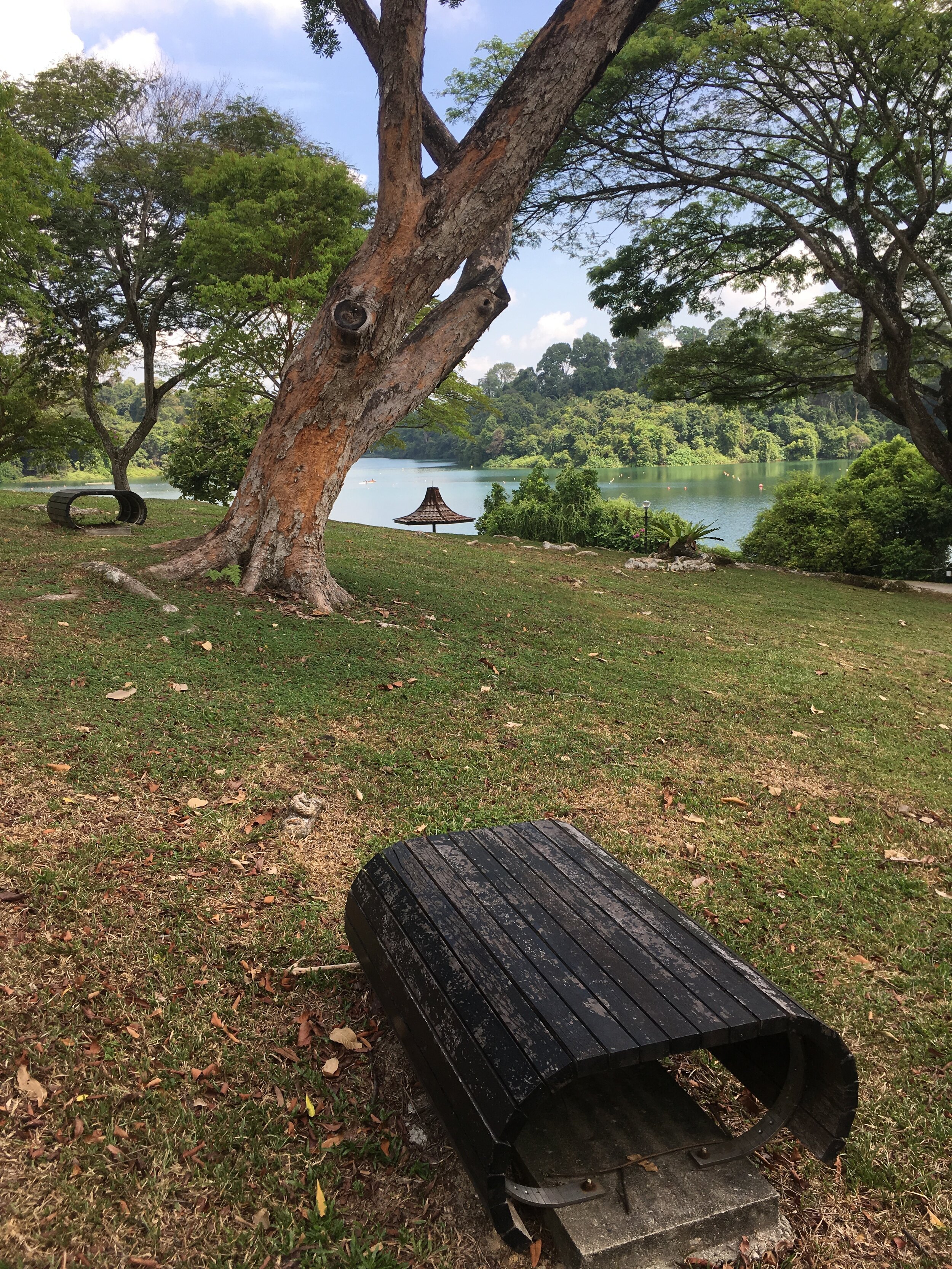
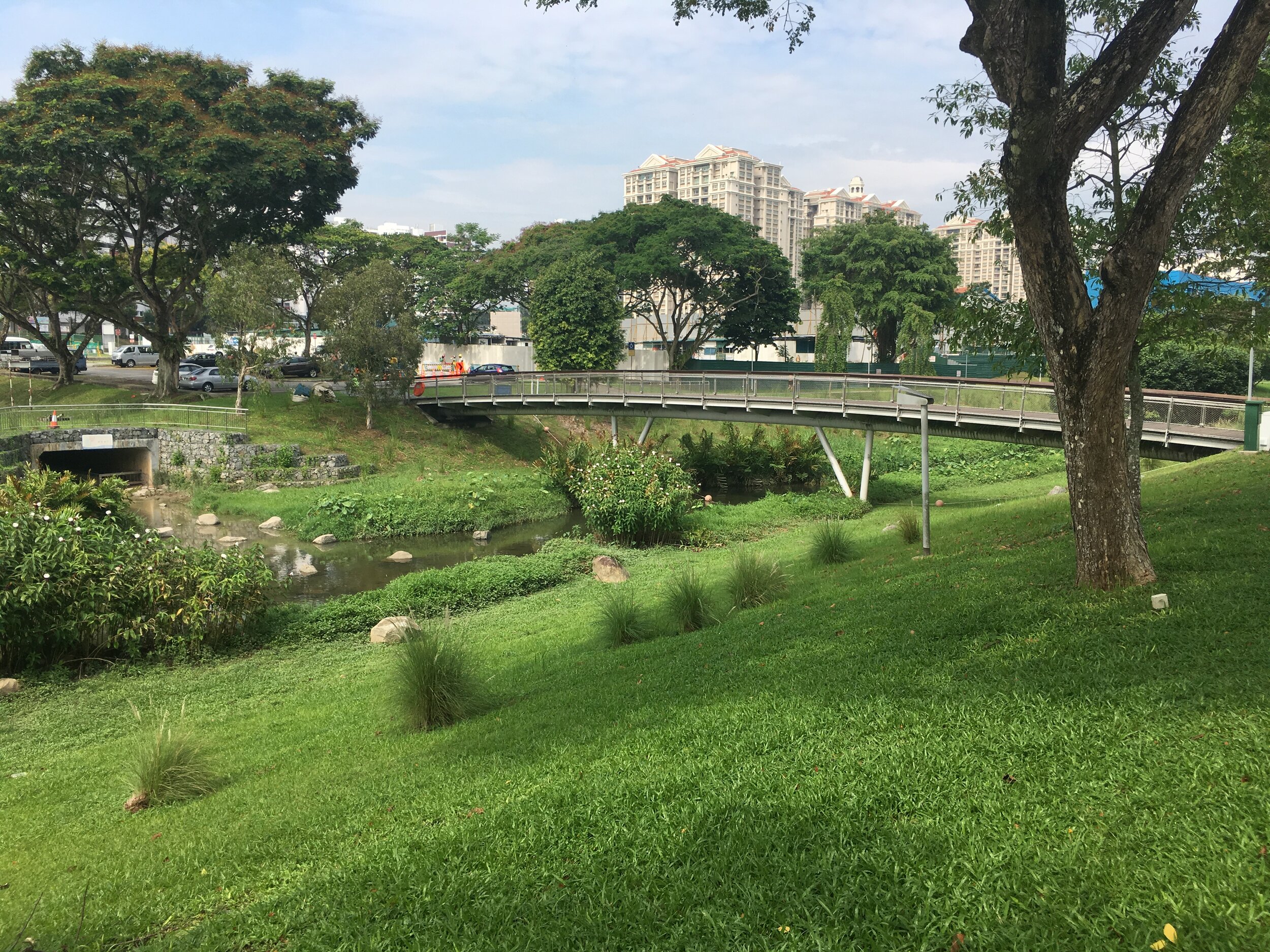
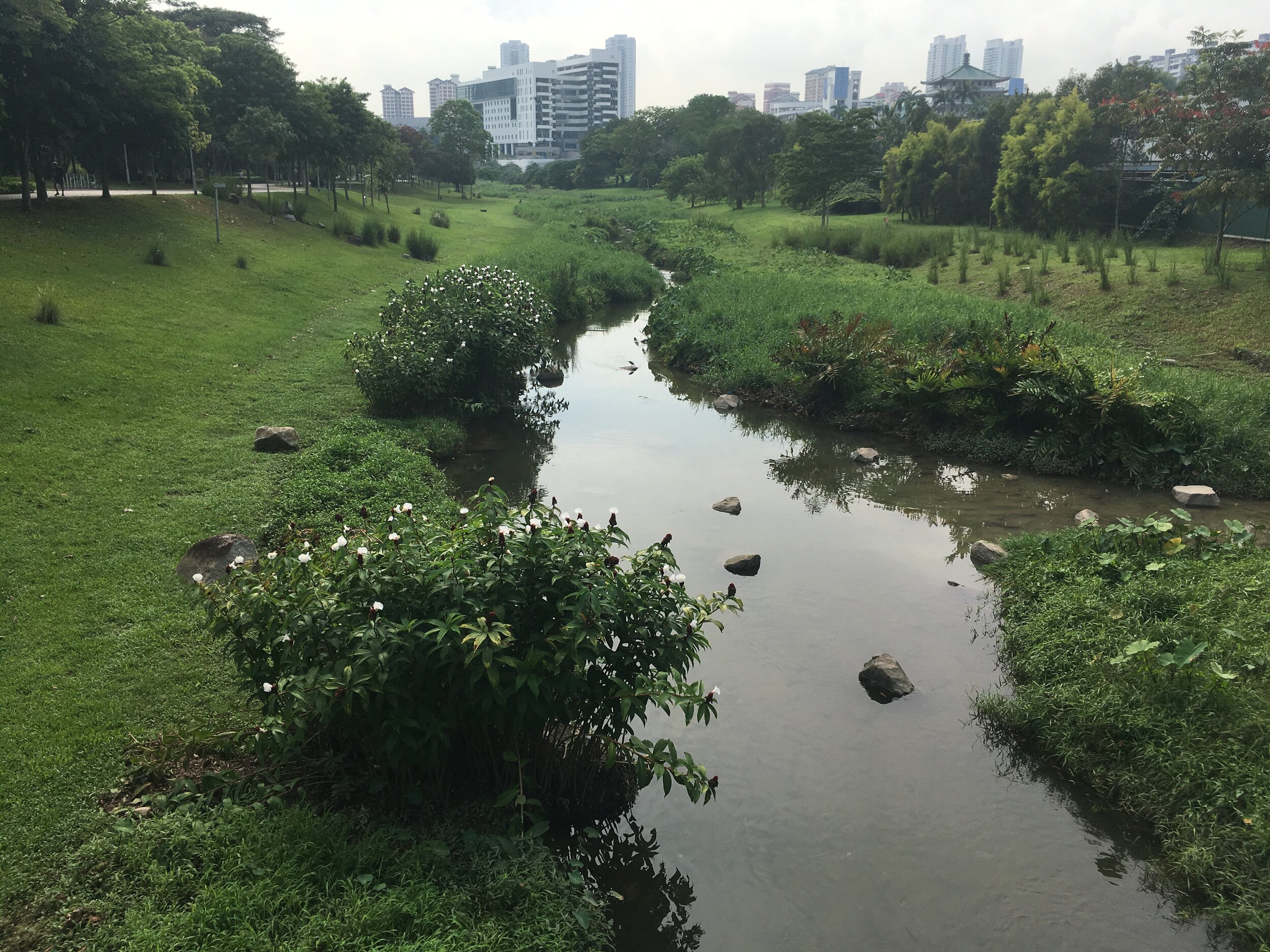

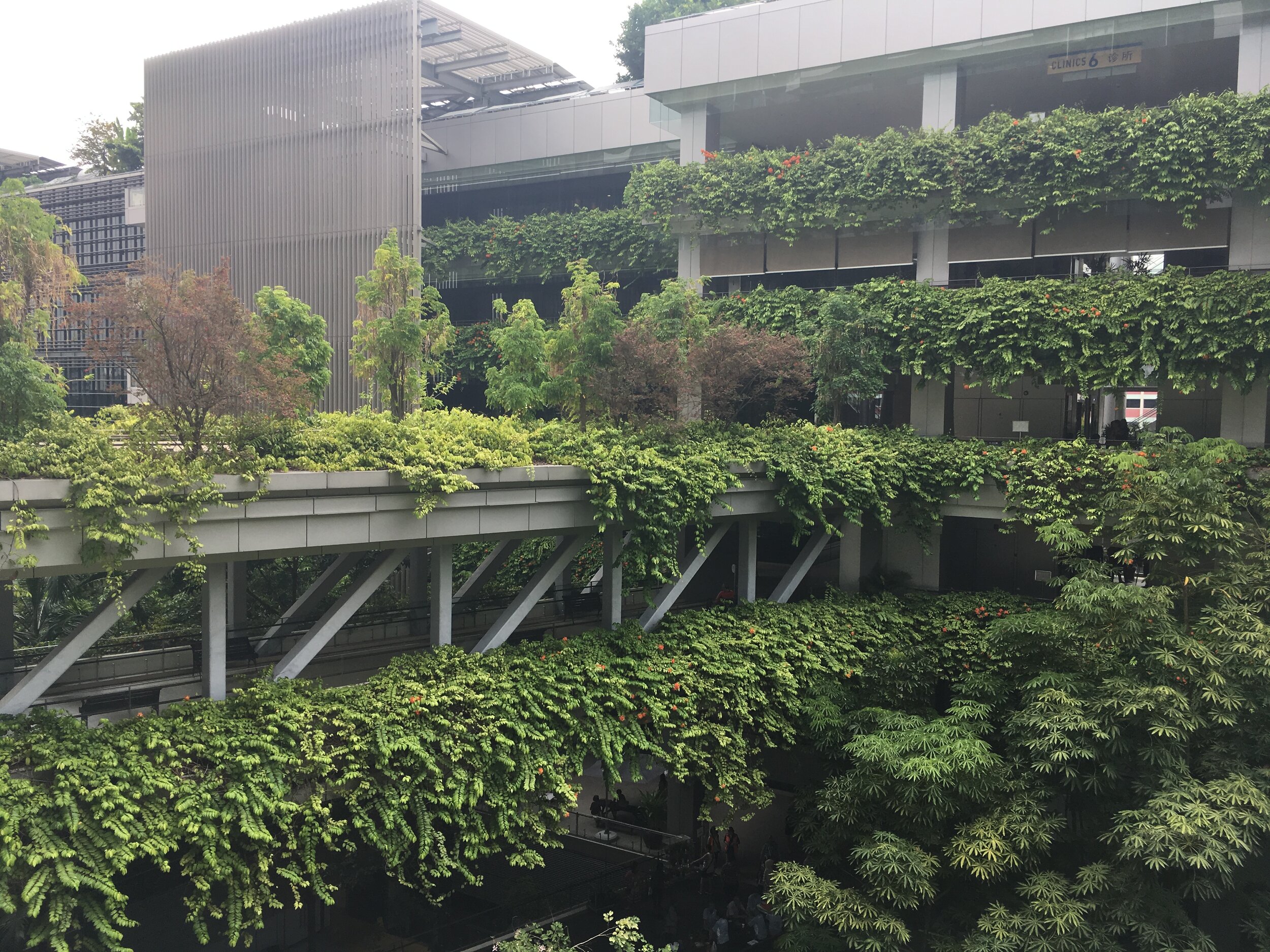


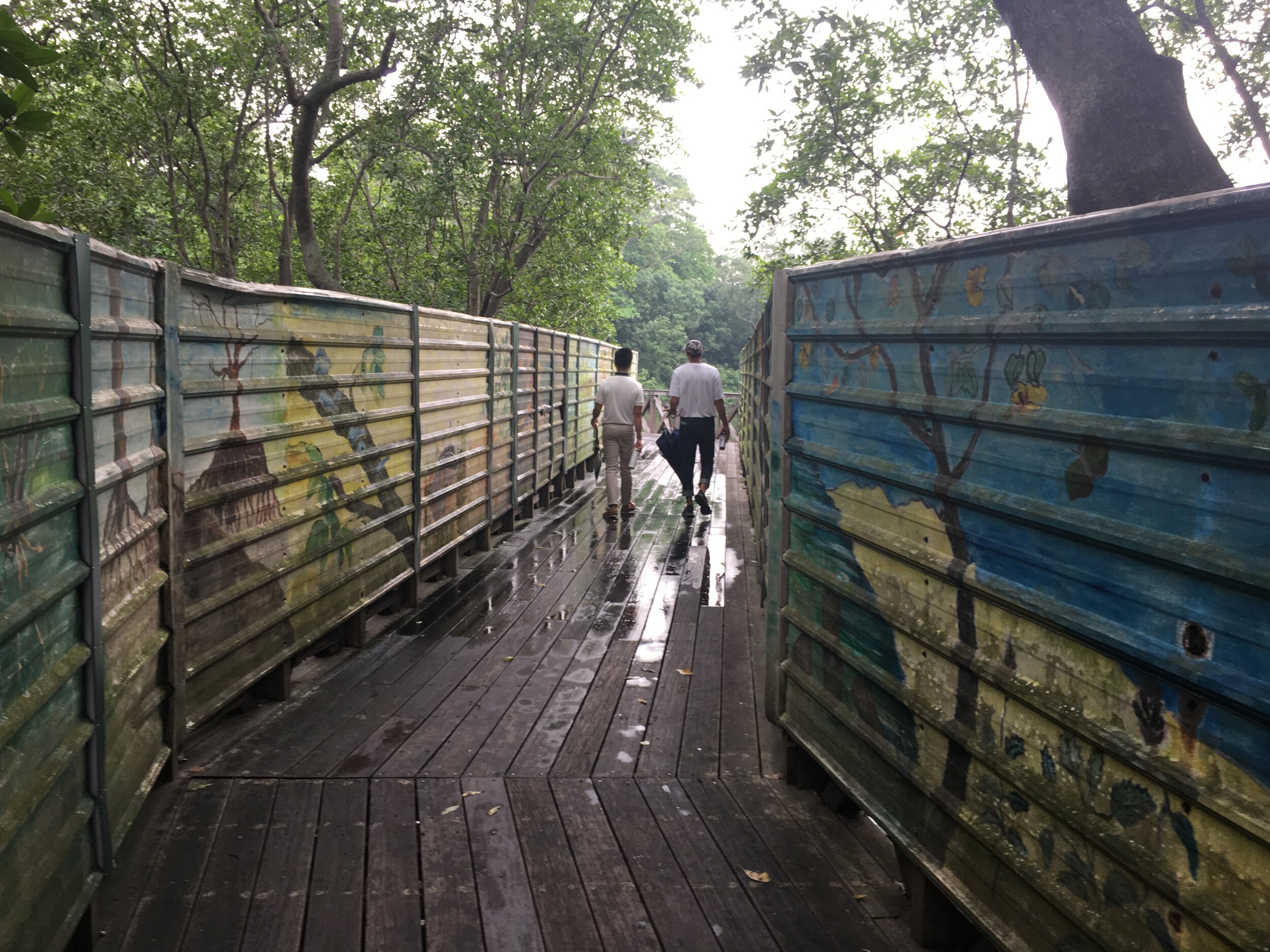
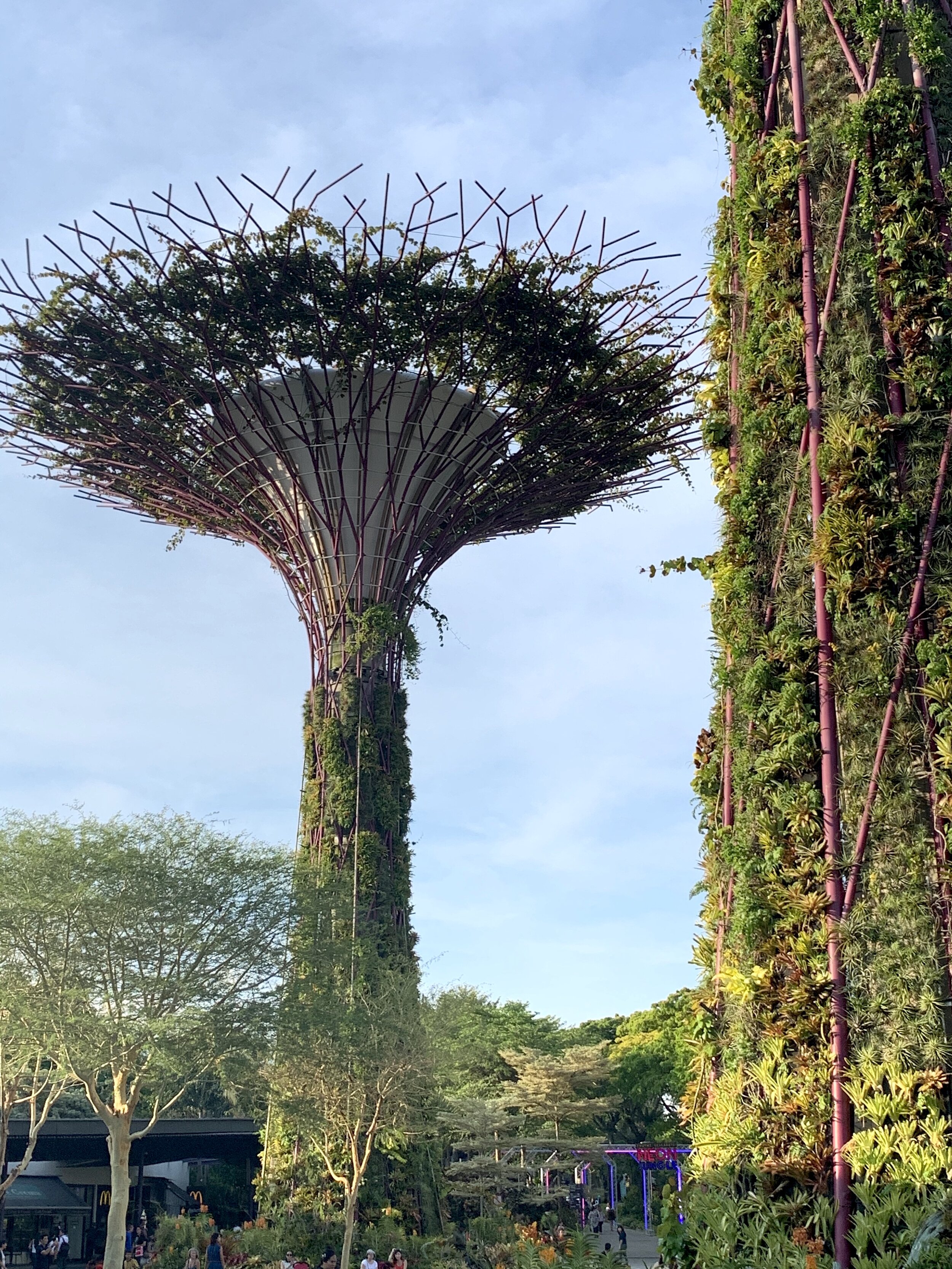

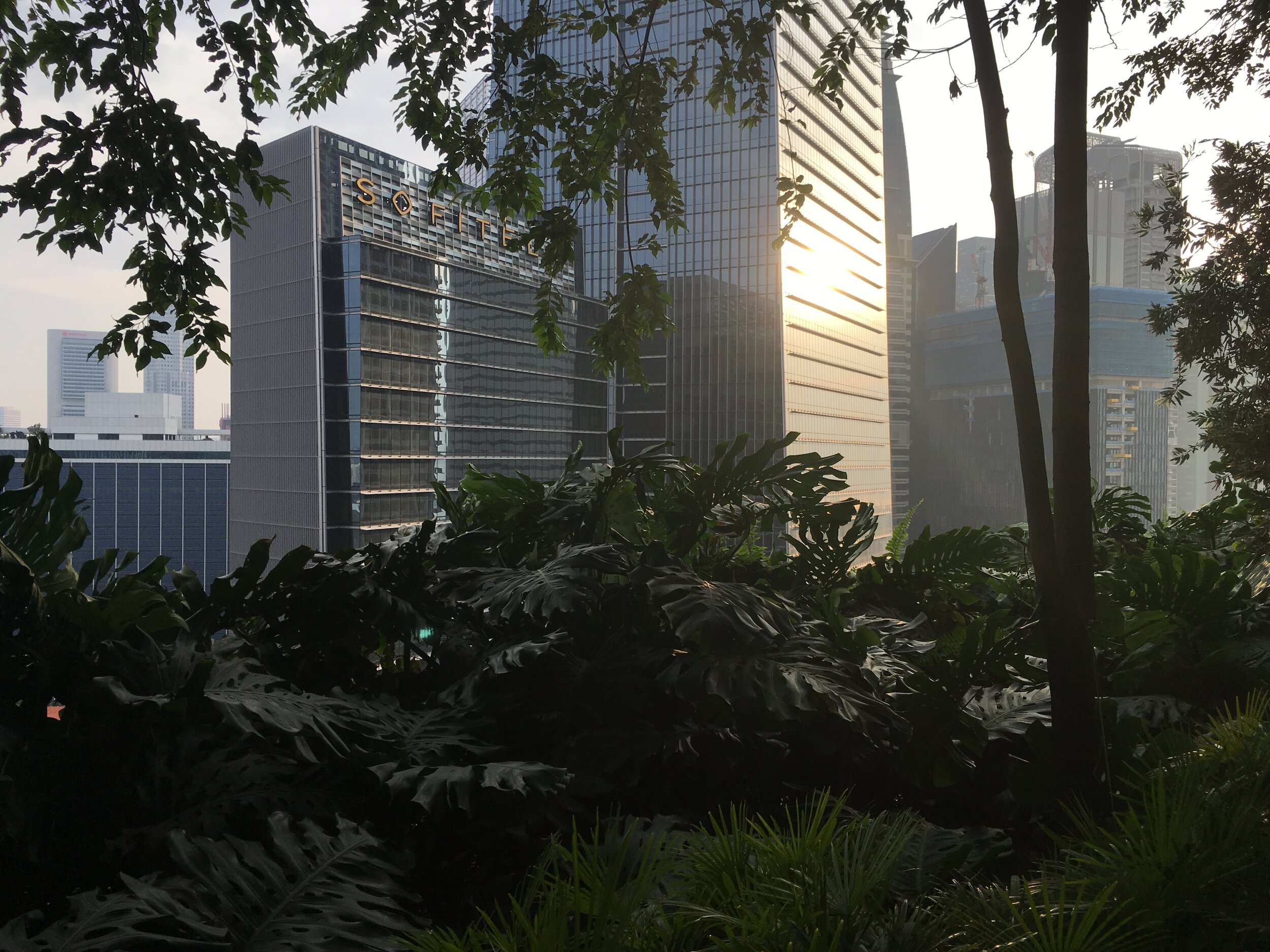
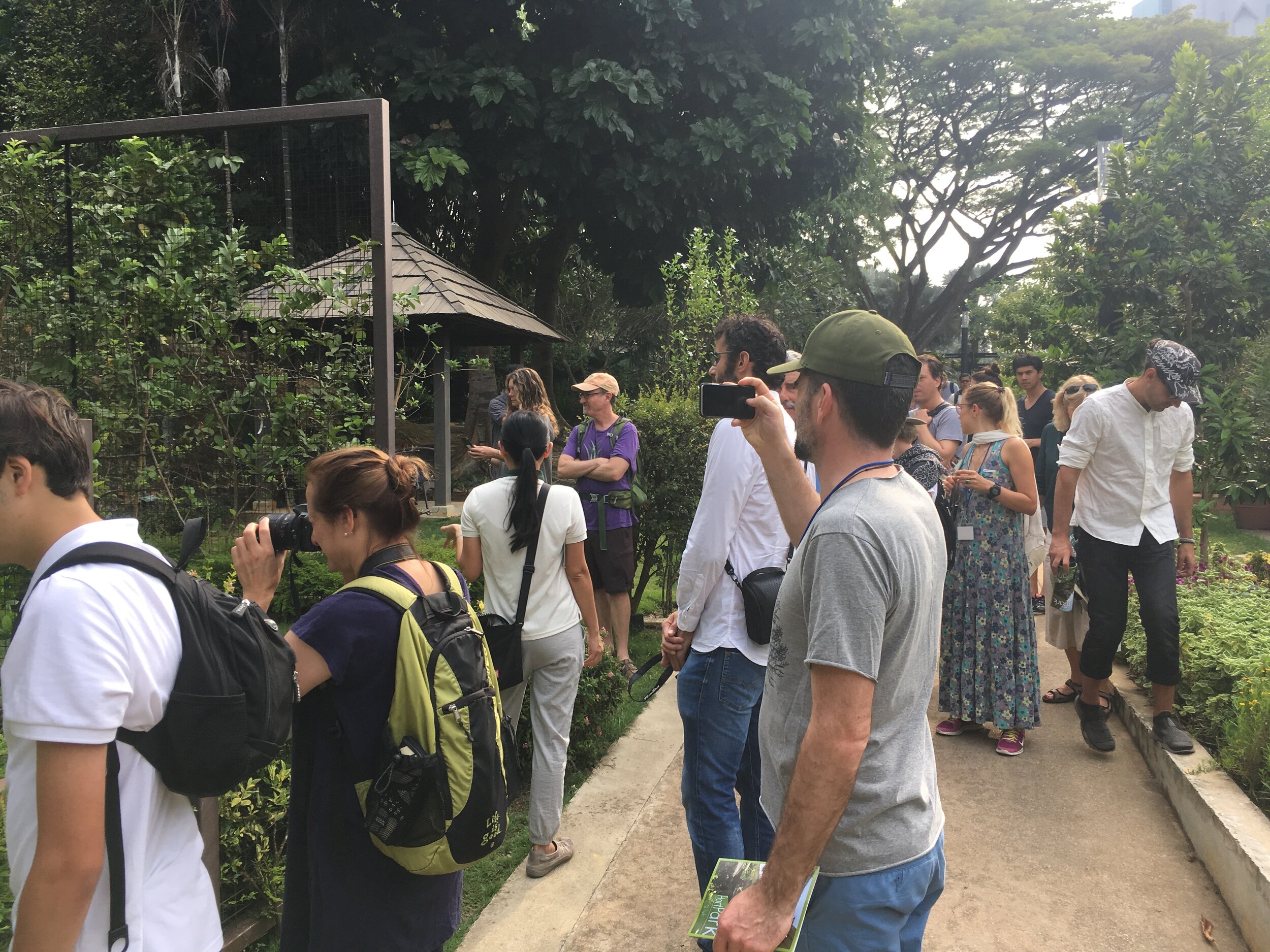
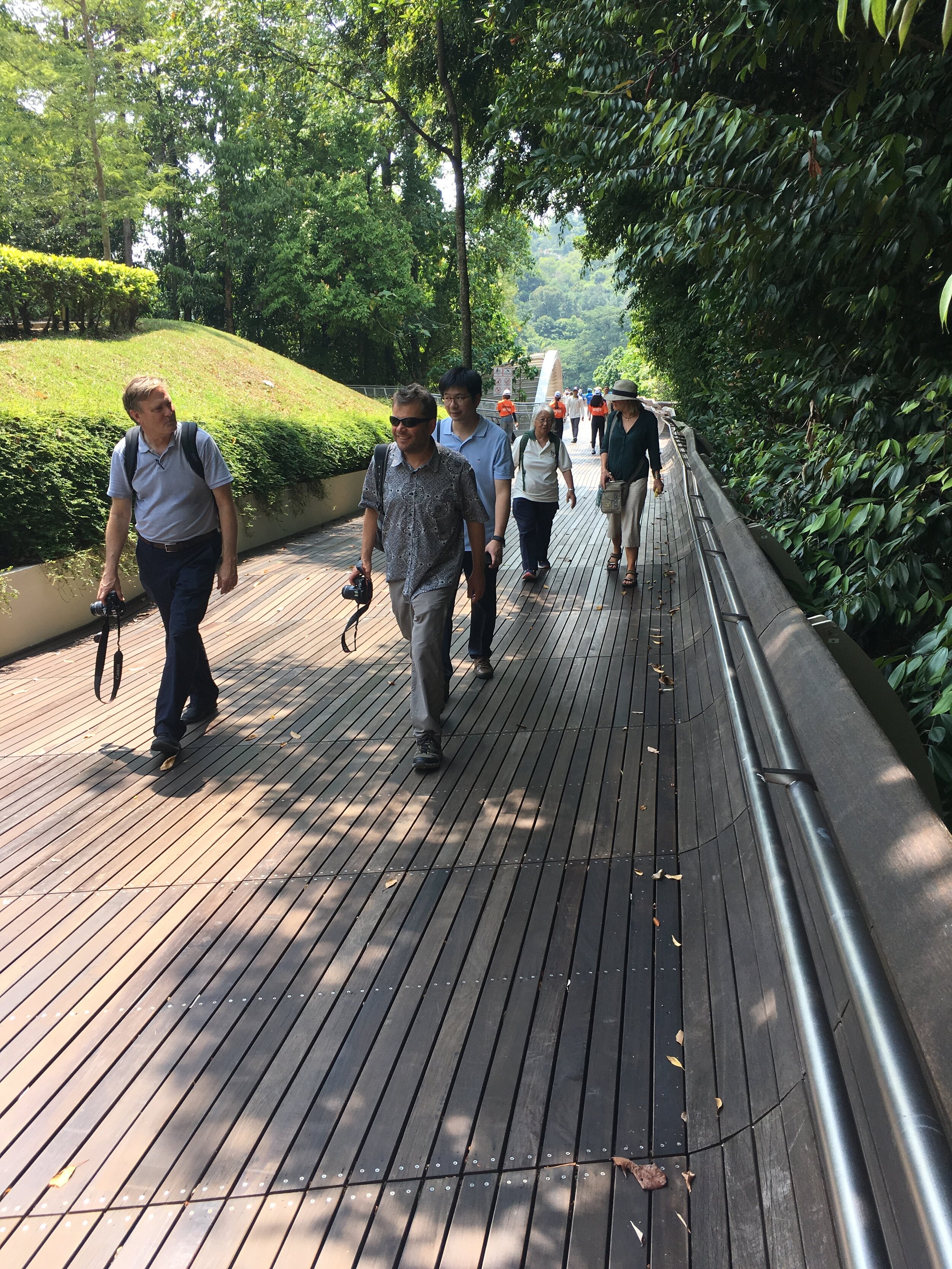
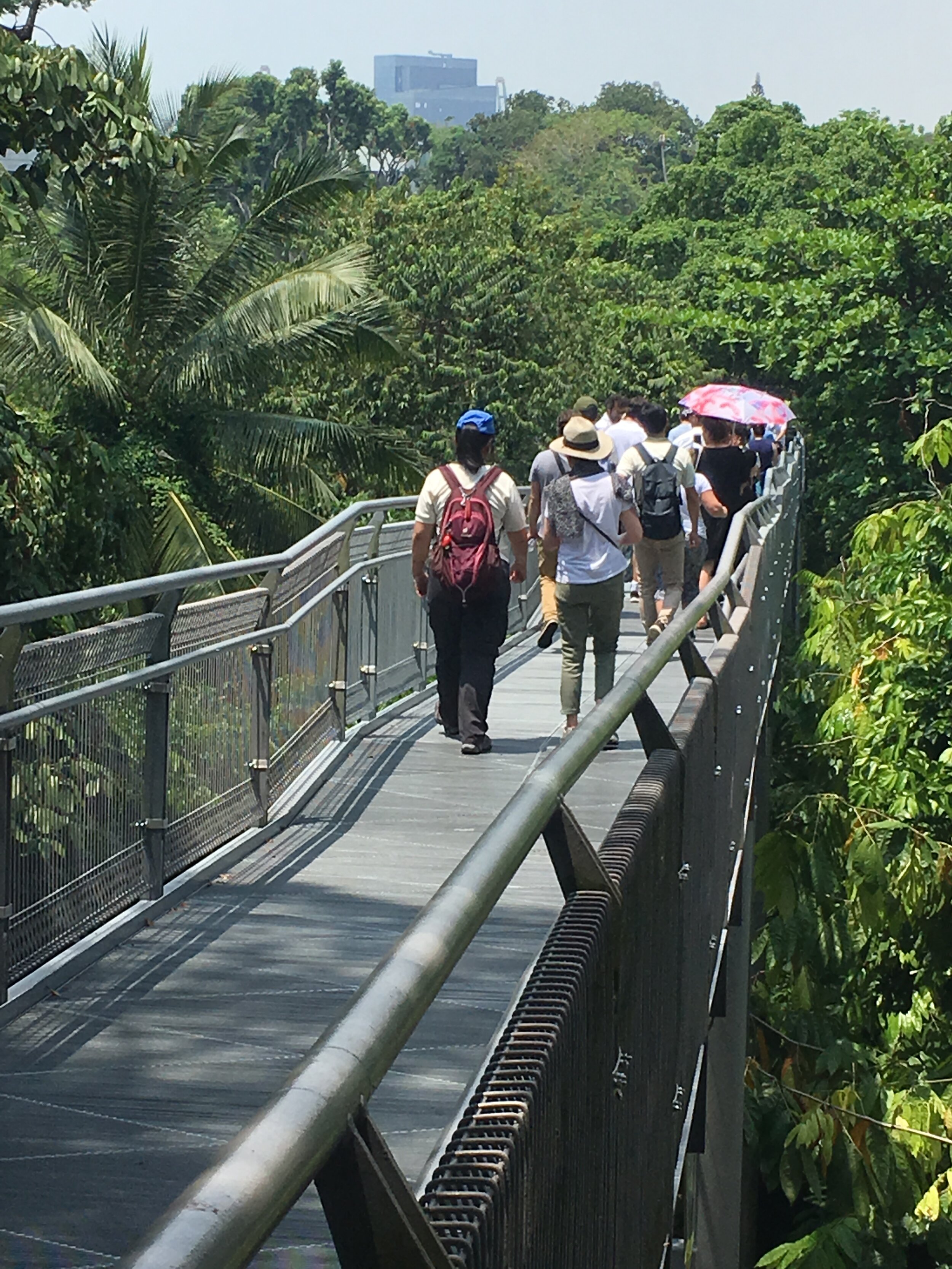
INSIGHTS FROM PARTICIPANTS
Grant Pearsell, Director of Urban Form and Corporate Strategic Development for the City of Edmonton:
I attended my first Biophilic Cities Network (BCN) meeting in Singapore in October and it exceeded my expectations. The staff at the BCN and NParks organized a highly engaging tour of Singapore. Having visited Singapore 10 years ago, I knew that biophilic Singapore would be great location to visit and learn what they have accomplished since I last visited but their achievements have advanced significantly in the last 10 years. Vertical greening was just getting started 10 years ago and now it is mainstream and perhaps leading in the world. Visiting the Khoo Teck Puat Hospital (KTPH) was a revelation to me because it demonstrated what is possible bringing a big vision to life with biophilic design. Another stand out urban innovation to me was NParks determination to bring ecological connectivity throughout the country using four levels of vertical structure in their street tree plantings to replicate the layers of a rainforest. These examples are just two of many inspiring examples of a biophilic city in a garden. We also all learned a great deal from the biophilic cities members that showcased their work. I was struck by the variety of ideas and biophilic connections within each city. Given the varieties of culture, city size, and relative wealth, it was inspiring to see that any city can be a leader and exemplar in the biophilic city movement; moreover, the residents of a place will tell you or show you what is important. Milkweeds for Monarchs: The St. Louis Butterfly Project had a special connection for me: It reminded me of my childhood in southern Ontario near Detroit, MI where the annual migration was awe inspiring to a child (and frankly as an adult today too). It is likely that some came through St. Louis. The Milkweeds for Monarchs program reminded me how the natural world connects all of us in ways that are obvious and ways that are not so obvious and deep down we are all biophilic citizens of the world.
Catherine Werner, Sustainability Director for the City of St. Louis:
There are lots of people in the world trying to advance biophilia or biophilic design. There are numerous organizations that promote nature in cities, too.
So, the thing that makes the Biophilic Cities Network (BCN) so different and - frankly - special to me, is the connections and relationships that BCN not only supports, but actively encourages. And I mean connections and relationships both in terms of geography and personally.
While BCN phone calls and web resources are nice and useful, having the opportunity to experience Biophilic Nirvana (e.g., Singapore) with a small group of kindred spirits (a.k.a. biophilic urbanism-obsessed) folks last month made for a delightful, enriching and thought-provoking gathering at the Biophilic Cities Summit. The convening consisted of a terrific blend of information-sharing, guided explorations, and opportunities to network with fellow biophilic urbanists. Yes, Singapore is spectacular. But experiencing Biophilic Singapore with BCN colleagues made for a deeply meaningful and inspirational 3 days, along with several new and enhanced professional relationships.
Organizing and hosting rewarding in-person gatherings among a global network clearly presents some challenges, but I am already looking forward to the next one. Thank you, BCN!
Aitor Albaina Vivanco, Environmental Technician for the City Council of Vitoria-Gasteiz Center for Environmental Studies:
I was really amazed by the successful integration of nature within the urban fabric. It was nice to see on the ground how the city aims to increase not only the amount but also the quality of greenness in order to favor both biodiversity/connectivity and the impact in the people’s wellbeing. Although undoubtedly benefited by its climatic regime and the surrounding biodiversity, Singapore truly represents an example of biophilic approach to urban public space.
Rita Trombin, Environmental Psychologist (Verona, Itlay):
Overall, the Summit was extraordinarily informative, inspiring and useful in many practical ways. All regions of the world were represented by a cross-disciplinary biophilic community. Singapore showed us that a new model for urban development is emerging, connecting people to nature while tackling the realities of climate change. Singapore is radically transforming city design and the use of physical space to prepare for the future. The city feels like an incubator for innovation involving economy, ecology and society. Biophilic projects sprout everywhere, developing and implementing experimental change, tackling the entire urban system, and reweaving its physical and cultural fabric. Singapore is a city with agency in which government, business, academic and community leaders take to heart the importance of connecting people to nature. Here, people are empowered and supported to advance an idea into a functional prototype that can be tested in the real world. At times, they are successful, other times they conclude that the best thing is to refocus on a new hypothesis. Overall, innovation is kept open: to engaging the public, to share learnings with an opensource system and to refine ideas.
Singapore is not too big and not too small. It is big enough to inspire solutions that can be applied to a global scale, yet small enough to easily navigate and work with them, showing us the power of biophilic design on a city-scale. Singapore showed us the opportunities of a biophilic city for transitioning towards the UN Sustainable Development Goal 11: Make cities inclusive, safe, resilient, and sustainable, which is expected to be achieved by 2030.
The UN defines sustainable development as development that meets the needs of the present without jeopardizing the ability of future generations to meet their own needs and rights. Ultimately, a biophilic city is a child friendly city. In Singapore, children are given special attention through access to safe, inclusive and accessible, green and public spaces (e.g., nature playgrounds and outdoor education). Engaging children with nature is essential for their cognitive, emotional and physical development as well as for awakening their profound bond with nature (i.e., biophilia). Ultimately, this leads to pro-environmental and pro-social behaviors as adults, connecting children to nature as a necessary way to protect and safeguard our cultural and natural heritage.
Jana Soderlund, Leader in Biophilic Design (Perth, Australia):
Having waited six years to meet up again with the Biophilic Cities group, I was really looking forward to this summit. It was fabulous to greet old friends and meet new ones. There is a magic that happens when people who share a common interest and goal physically come together. This was all beautifully facilitated by the generous hospitality of Singapore’s NParks.
The first day introductions reinforced the global nature of Biophilic Cities and I loved the opportunity to connect with people from different countries. A full day of presentations was certainly stimulating with a wealth of ideas and exchanges of both successes and challenges.
The next two days we spent on tours which were wonderful! It was on these shared journeys that the deeper learning and conversations happened. I think in good part due to the fact that our innate biophilic responses are fully engaged! The tours also gave a chance to see biophilic principles in action, to critique and discuss these initiatives, some in the framework of the first day presentations. Some of the places I had been to before, but it was great to revisit and see growth and changes. I love the mixed use principles of Kampung Admiralty. Also sites that give the opportunity for people to immerse themselves and see biodiversity, with walks and places cleverly created, some very close to the Central Business District. Marina One was an interesting office/residential development that provoked a lot of discussion and mixed reactions. It employed biophilic design principles and I think successfully created a place of peace and inner city retreat. People were relaxed there. But I question the amount of energy which went into the building and the end use. Sustainably, I am not so sure. To me biophilic design needs to also tick the sustainable, resilient, regenerative boxes, which it can with good design practices.
A wonderful three days which I enjoyed immensely. Was made even more special by the fact that 3 others from our Biophilic Cities Australia group attended. This gave them the chance to meet the global group and connect personally, which tends to strengthen bonds and commitment.
Thank you so much Biophilic Cities and NParks Singapore for your fabulous efforts in making this happen!

